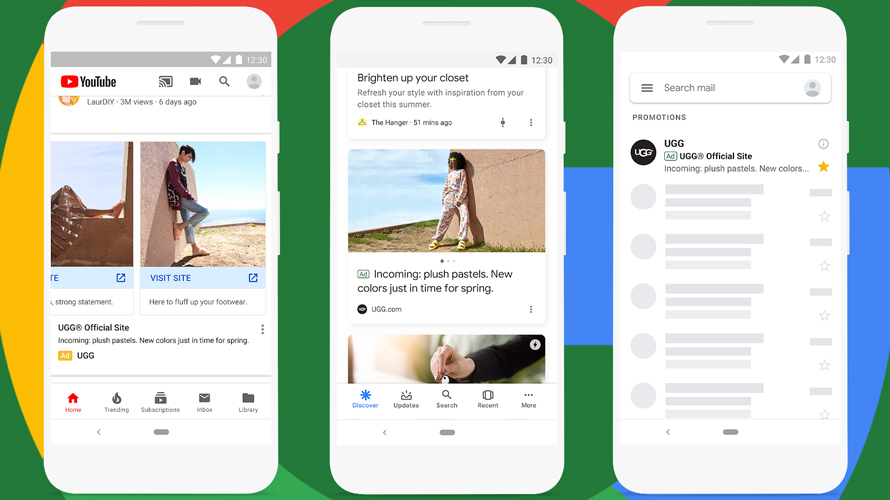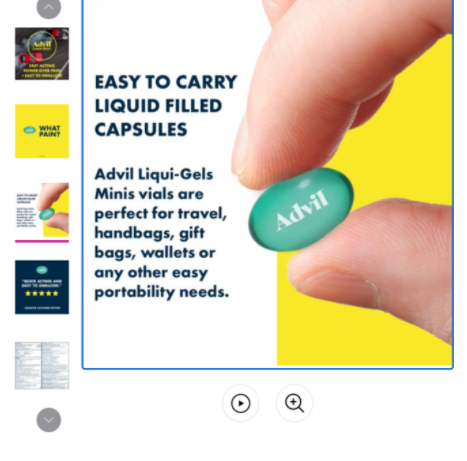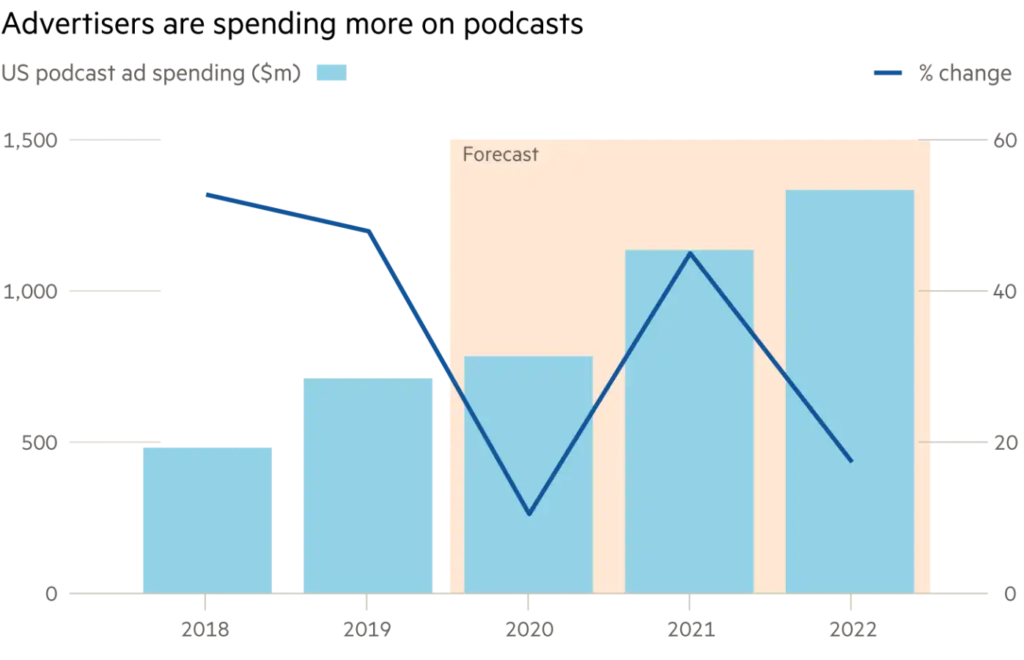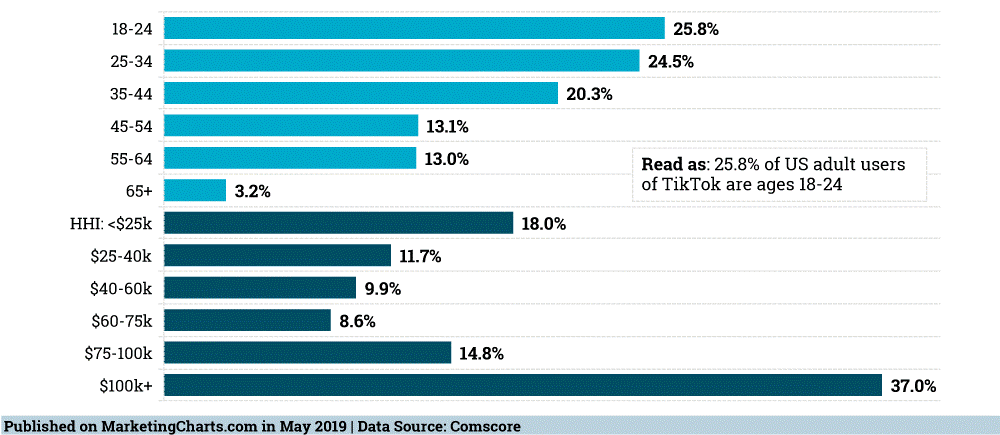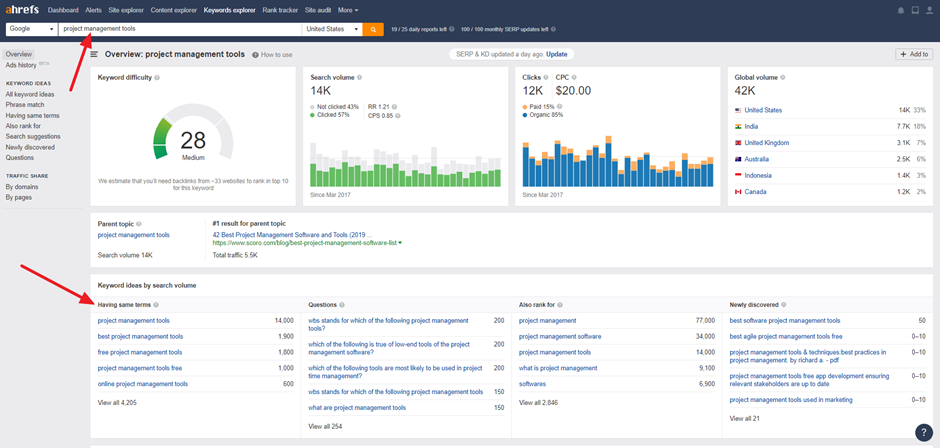Since so many people use Google for personal and business purposes, we decided it was time to talk about the importance of Google Discovery Ads.
These ads are native advertisements that appear in several different Google feed environments, which are the same signals that Google uses for its in-market audience targeting.
We explore the process of these advertisements, how they are optimized, and their best practices to take advantage of them.
What is Google Discovery?
Google Discovery is a feed found on the Google iOS and Android app home page. It can also be found on the mobile Google website home page. With this feature, users can personalize their feeds to see content that relates most to their interests.
Since this is a separate feature than Google search ads, users don’t need to make specific searches for tailored ads to appear.
This is How You Set Up Google Discovery Ads
In only four steps, find out how you can set up the Google Discovery ads yourself:
- Set up your campaign.
- Design your Discovery ads in this two-part step.
- Set up a single-image ad.
- Set up a multi-image carousel ad.
- Budget for ramp-up time on the ad after the design is complete.
- Use automatic targeting in Discovery Ads to reach audiences.
By following all the four above steps, you can set up and launch Google Discovery Ads for your brand.
How Do Google Discovery Ads Work?
There are three main components for how the Discovery Ads work for brands and advertisers. The following discusses key ways Google Discovery can benefit you:
- The Right Audience and Proactive Drive: By combining your brand’s reach with a powerful creative canvas, Google can better anticipate the needs of your targeted customers.
- Key Creativity: You can inspire customers and show off your brand or products through a creative approach. This can be done through engaging images sourced by Google.
- Expansive Reach: You can reach up to a total of 3 billion customers across YouTube Ads, Watch Next, Discover, and Gmail social/promotions with the use of a single campaign.
How to Optimize Google Discovery Ads
Discovery ads have the following features for advertising and marketing campaigns. Take a look to see how each one will best benefit your brand:
- Reach More Users With a Single Ad Campaign: Since you can reach up to 3 billion monthly people through the previously mentioned outlets, use this feature as a way to reach potential new customers as they browse for their favorite items. This helps to truly drive the reach as you run your campaign.
- Drive Engagement With Relevant Advertising: Google understands customer intent, so you can show more relevant advertisements to those with similar interests. This is perfect for achieving successful target marketing. Customers can then learn more about products of interes.
- Rendered Ads to Be Visually Rich Across Google Properties: These ads are tailored for discovery. You can use the formats and machine learning to showcase your campaigns successfully to the right customers.
Best Practices for Google Discovery Ads
Now that we know what these ads include, let’s look into when to use them and why the following are considered to be best practices.
- Reconnect With Loyal Customers: Loyal customers return over time, by finding relevant content they enjoy. Discovery ads give more opportunities to drive action from those who are more likely to engage with your brand. This includes those who have visited your website and those who have made a purchase.
- Reach New Customers With Media: You have the opportunity to share more visually rich media and creative touch across the different feeds on Google Properties. You’ll be able to raise interest and gauge the potential for new sales.
- Drive Conversion: The ultimate goal is to convince users to make purchases. The purpose of Discovery ads is to drive sales, increase newsletter signups, and drive traffic to the website for a more detailed look at the product.
Our Final Thoughts
We find there is great selling and exposure potential with Discovery ads. Let us know what you think about Google Discovery Ads or your experience with its use if you’ve run campaigns using them before.

